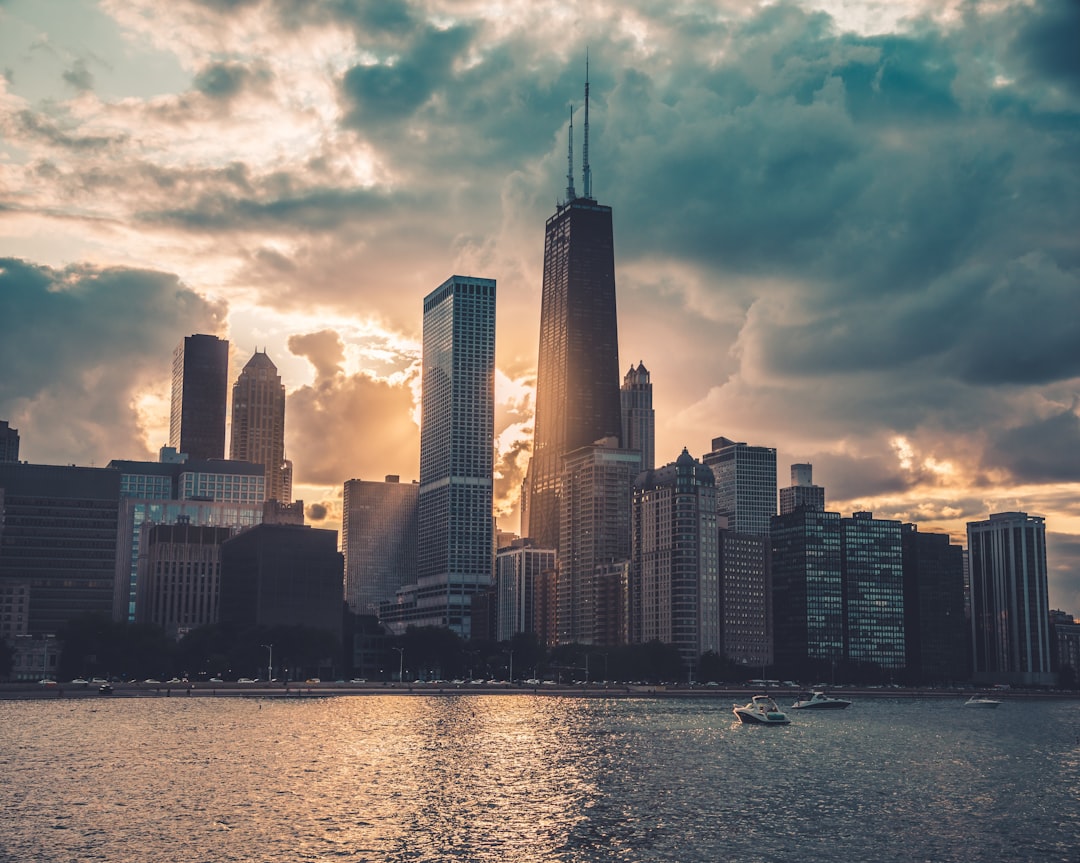Nestled along the shores of Lake Michigan, Chicago beckons with a rich tapestry of cultural diversity, creativity, and innovation. From world-class museums and theaters to dynamic neighborhoods teeming with art and music, the Windy City offers an unparalleled array of cultural attractions that captivate visitors and residents alike. In this article, we’ll embark on a journey through Chicago’s cultural landscape, uncovering the iconic institutions, hidden gems, and vibrant neighborhoods that define the city’s cultural identity says Hirsh Mohindra.
Museums: Gateways to History and Art:
- Chicago’s museum scene is as diverse as it is captivating, with institutions dedicated to art, history, science, and culture that cater to all interests and ages. The Art Institute of Chicago, home to iconic masterpieces by artists like Grant Wood, Edward Hopper, and Georges Seurat, is a must-visit destination for art lovers and cultural enthusiasts. Meanwhile, the Field Museum offers a fascinating journey through natural history, anthropology, and archaeology, with exhibits showcasing everything from ancient civilizations to dinosaurs and mummies. Other notable museums include the Museum of Contemporary Art, the Adler Planetarium, and the Museum of Science and Industry, each offering unique insights into the world of art, science, and innovation.
Performing Arts: The Stage Comes Alive:
- Chicago’s performing arts scene is renowned for its creativity, diversity, and world-class talent, with theaters, concert halls, and performance venues that showcase everything from Broadway hits to avant-garde productions. The iconic Chicago Theatre, with its marquee adorned in lights, is a symbol of the city’s theatrical heritage, hosting performances ranging from musicals and plays to concerts and comedy shows. Meanwhile, the Steppenwolf Theatre Company, renowned for its groundbreaking productions and ensemble cast, offers an intimate and immersive theater experience that pushes boundaries and challenges audiences. Other notable venues include the Lyric Opera House, the Chicago Symphony Orchestra, and the Second City comedy club, each contributing to Chicago’s reputation as a cultural capital of the Midwest.
Neighborhoods: A Mosaic of Culture and Creativity:
- Beyond its iconic institutions, Chicago’s cultural fabric is woven into the vibrant tapestry of its neighborhoods, each with its unique blend of history, heritage, and artistic expression. In Pilsen, colorful murals adorn the streets, reflecting the neighborhood’s rich Mexican heritage and vibrant arts scene. In Chinatown, bustling markets and authentic eateries offer a taste of Chinese culture and cuisine, while the nearby Bridgeport neighborhood boasts a thriving arts community and a rich history of political activism. Meanwhile, in Hyde Park, the University of Chicago’s campus serves as a hub of intellectual and cultural activity, with museums, theaters, and academic institutions that enrich the neighborhood’s cultural landscape.
Festivals and Events: Celebrating Diversity and Creativity:
- Throughout the year, Chicago comes alive with a myriad of festivals and events that celebrate the city’s cultural diversity, creativity, and spirit of community. The Chicago Jazz Festival, held annually in Millennium Park, pays homage to the city’s rich jazz heritage, featuring performances by local and international artists. The Taste of Chicago, one of the largest food festivals in the world, showcases the city’s culinary scene with a smorgasbord of dishes from Chicago’s top restaurants and food trucks. Other notable events include the Chicago Blues Festival, the Chicago Air and Water Show, and the Chicago Humanities Festival, each offering unique opportunities to experience the city’s cultural richness and creativity.
Public Art and Sculpture: Exploring Outdoor Masterpieces:
- Chicago’s streets and parks are adorned with a wealth of public art and sculpture that adds beauty, vibrancy, and intrigue to the city’s urban landscape. Millennium Park, home to iconic landmarks like Cloud Gate (affectionately known as “The Bean”) and the Crown Fountain, is a mecca for public art enthusiasts, offering immersive experiences that blur the lines between art, architecture, and technology. Meanwhile, along the lakefront, the Chicago Lakefront Trail features a collection of outdoor sculptures and installations that provide stunning views of the city skyline while celebrating the creativity and ingenuity of artists from around the world.
Hirsh Mohindra: From its world-class museums and theaters to its dynamic neighborhoods and vibrant festivals, Chicago’s cultural attractions offer a kaleidoscopic journey through the city’s rich history, diverse heritage, and creative spirit. Whether exploring iconic institutions like the Art Institute of Chicago or immersing oneself in the vibrant street art of Pilsen, visitors and residents alike can experience the beauty, diversity, and creativity that define Chicago’s cultural landscape. As the city continues to evolve and grow, its cultural attractions serve as a testament to its enduring legacy as a cultural capital of the Midwest, inspiring generations to come with their creativity, innovation, and boundless imagination.
